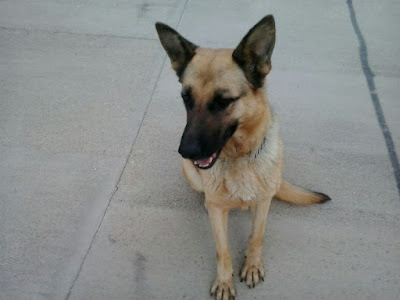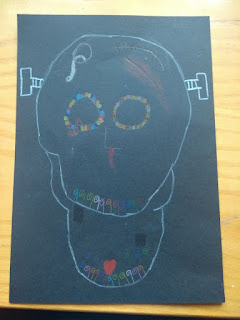This is luna , he is a german serphed ,is very dangerus
Monday 20 November 2017
Thursday 16 November 2017
GEOMETRY
Geometry: is a science that studies the shapes, the points and the lines. It comes from the Greek words "geo" and "metry".
Point: is the place where two lines intersect.
Line: is an infinit write of a sucesion of infinit points.
Ray: it´s a line that has beggining and doesn´t have end.
Line segment: it´s a line with two endpoints.
End point: is the point where a ray or a segment line ends or starts.
Freehand: draw without any instruments of drawing.
Compass: it´s an instrument to make circles and arcs and take messures.
Length: measure of something from end to end.
DEFINITIONS ABOUT ANGLES AND LINES
Parallels: lines which never intersect themselves.
Perpendicular: two lines that when intersect, they form four right angles.
Oblique: lines that aren´t perpendiculars and parallels.
Angle: two lines that have a common point (vertex).
Right angle: angle of 90º
Obtuse angle: angle of more than 90º
Acute angle: angle of less than 90º
Flat angle: angle of 180º
Complet angle: angle of 360º
Complementary angles: two angles that form 90º
Suplementary angles: two angles that form 180º
DEFINITIONS ABOUT CIRCLES
Circle: set of points at the same distance to the center
Circumference: it's the full length of a circle. The complete distance a round a circle is the perimeter
Center: point equidistant to any of the points of a circle
Radius: it´s a line from the center and the perimeter
Diameter: line segment that goes from a point of the perimeter to another point, passing for the center of the circle
Chord: line that connects two points of the circle not through the center
Arc: segment of a circle
Arrow: segment that divides an arc in the middle. It´s the center of the chord
Tangent: line that only touch a point of a circle
Outer: element that doesn´t touch the circunference
Inner: element inside the circumference
Concentric circles: circles with different radius but place in the plane s
UNIT 2: POLYGONS
POLYGONS
NUMBER OF SIDES TYPES ELEMENTS 3 TRIANGLE DIAGONALS
4 QUADRILATERAL REGULAR IRREGULAR SIDES
5 PENTAGON ANGLES 6 HEXAGON ALTITUDE
7 HEPTAGON VERTICES
8 OCTAGON INSCRIBED GIVEN OTHER ITEMS
9 ENNEAGON THE SIDE
Wednesday 1 November 2017
HALLOWEEN HISTORY
HALLOWEEN HISTORY
Halloween is an annual holiday, celebrated each year on October 31, that has roots in age-old European traditions. It originated with the ancient Celtic festival of Samhain, when people would light bonfires and wear costumes to ward off ghosts. In the eighth century, Pope Gregory III designated November 1 as a time to honor all saints; soon, All Saints Day incorporated some of the traditions of Samhain. The evening before was known as All Hallows Eve, and later Halloween. Over time, Halloween evolved into a day of activities like trick-or-treating and carving jack-o-lanterns. Around the world, as days grow shorter and nights get colder, people continue to usher in the season with gatherings, costumes and sweet treats.
Subscribe to:
Posts (Atom)
-
the puntillism What is Puntillismo: Pointillism, also known as neo-impressionism, dot painting or divisionism, was a painting technique c...
-
SUGGESTIONS QUESTIONS Why don´t we play basketball? Shall we study English? How/What about going swimming? Let´s listen to ...
-
SELF ASSESMENT 2ND EVALUATION What can I do that I couldn't do before? I can post a po...



